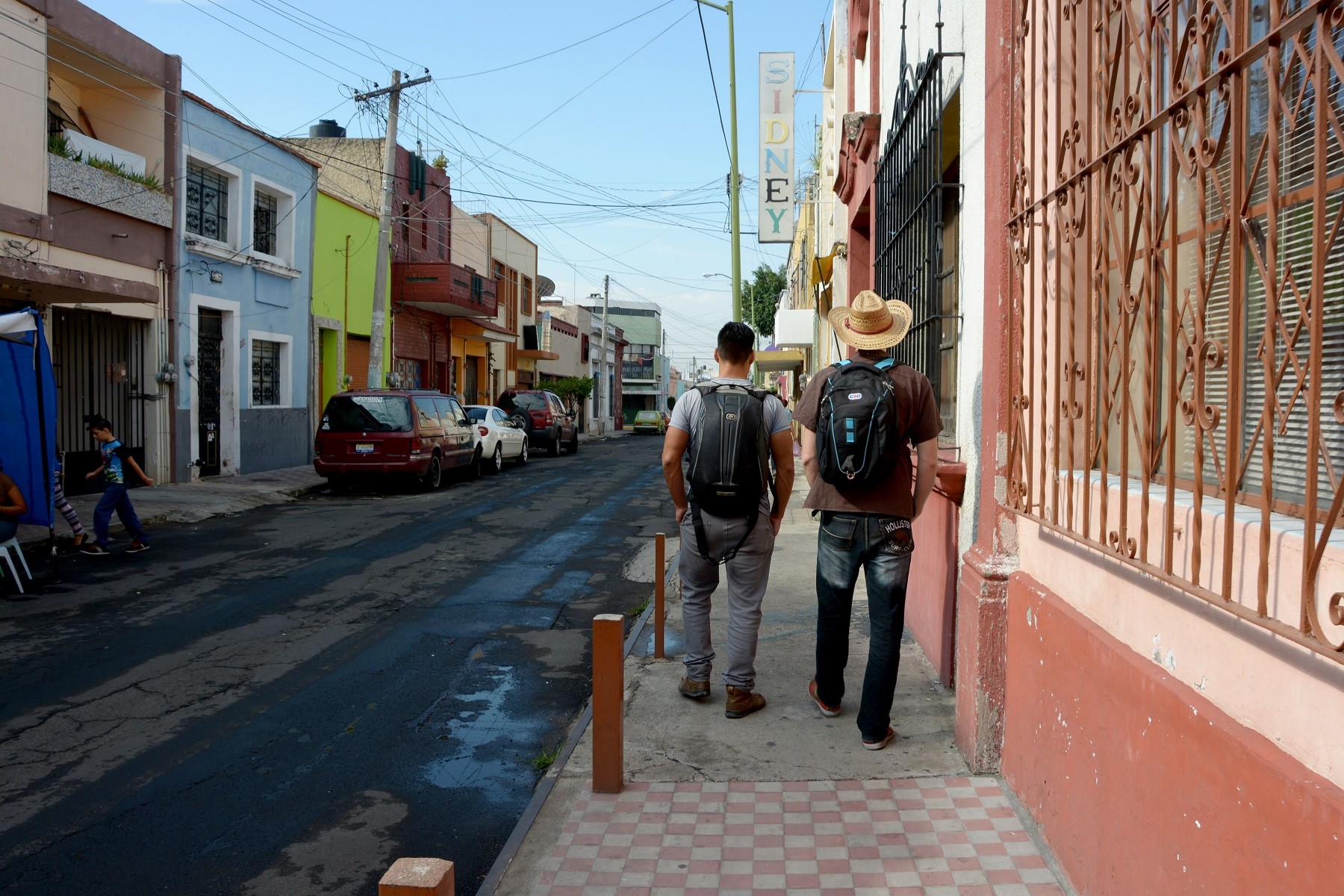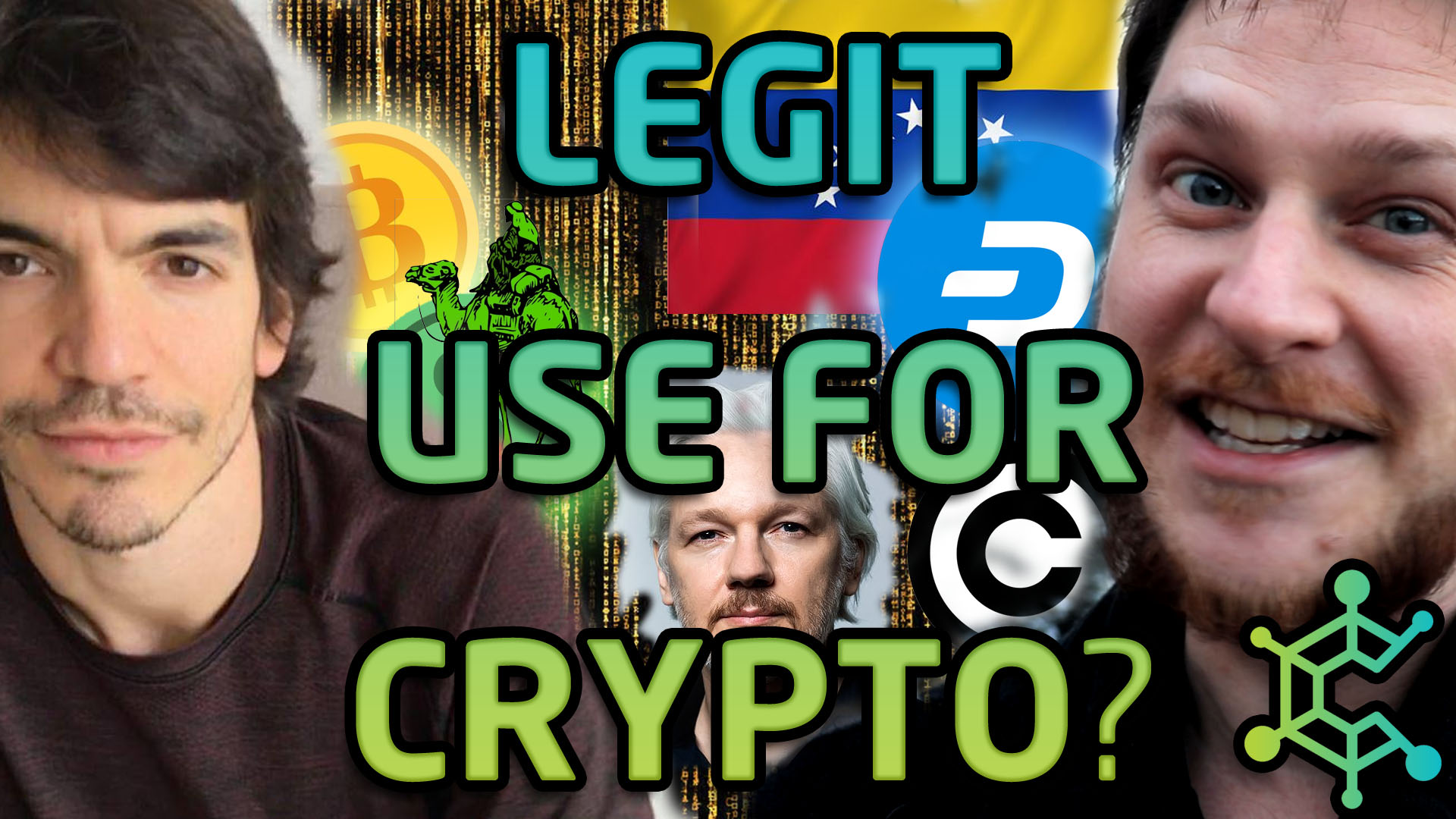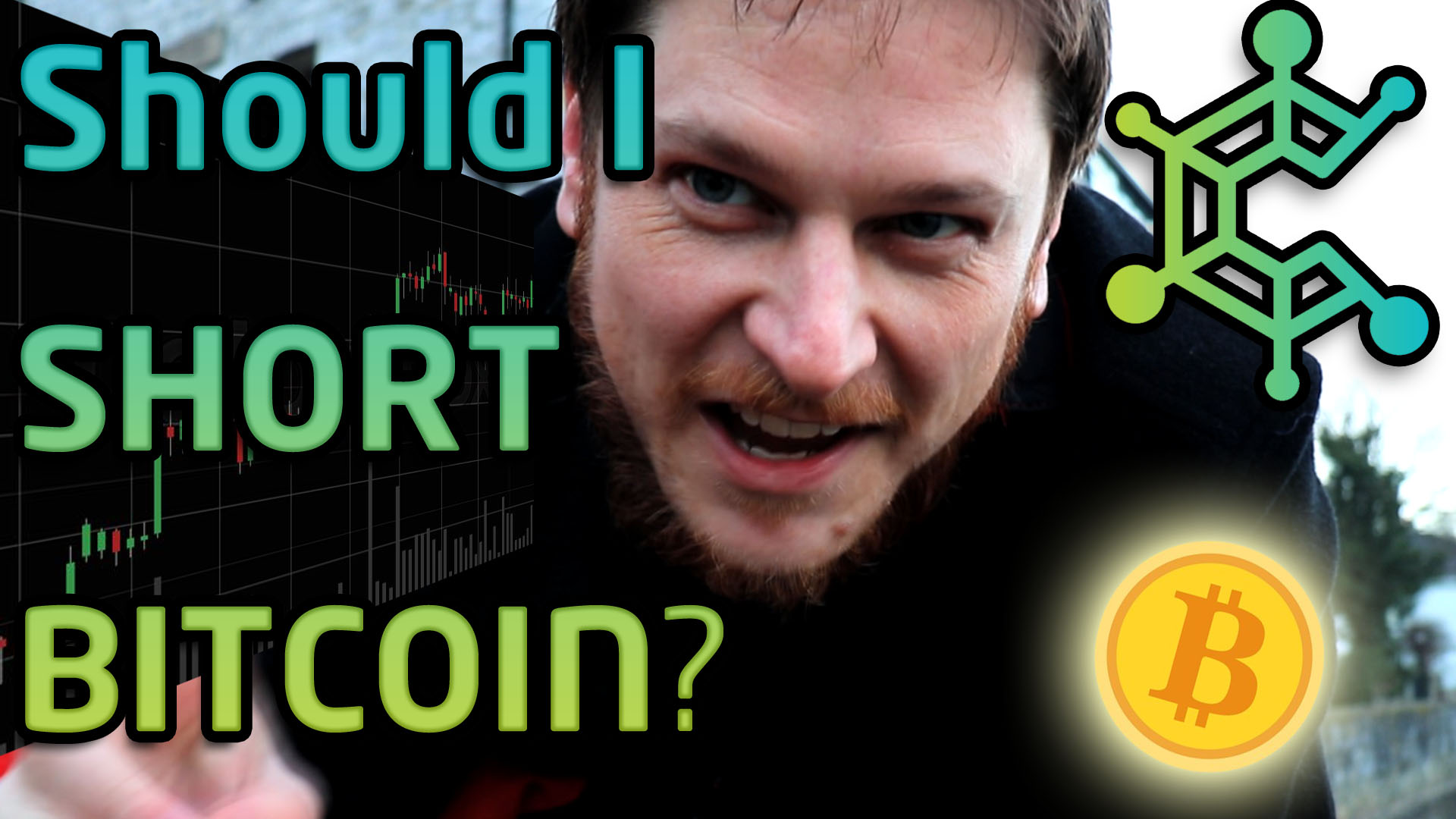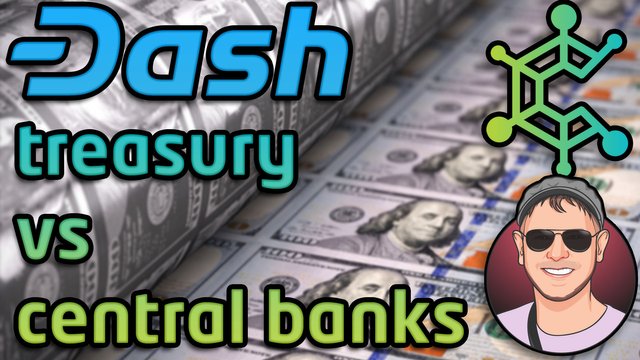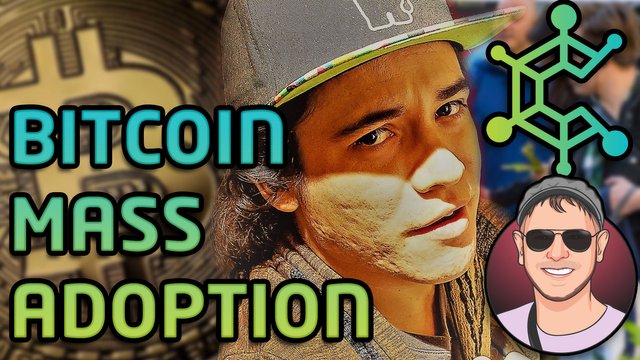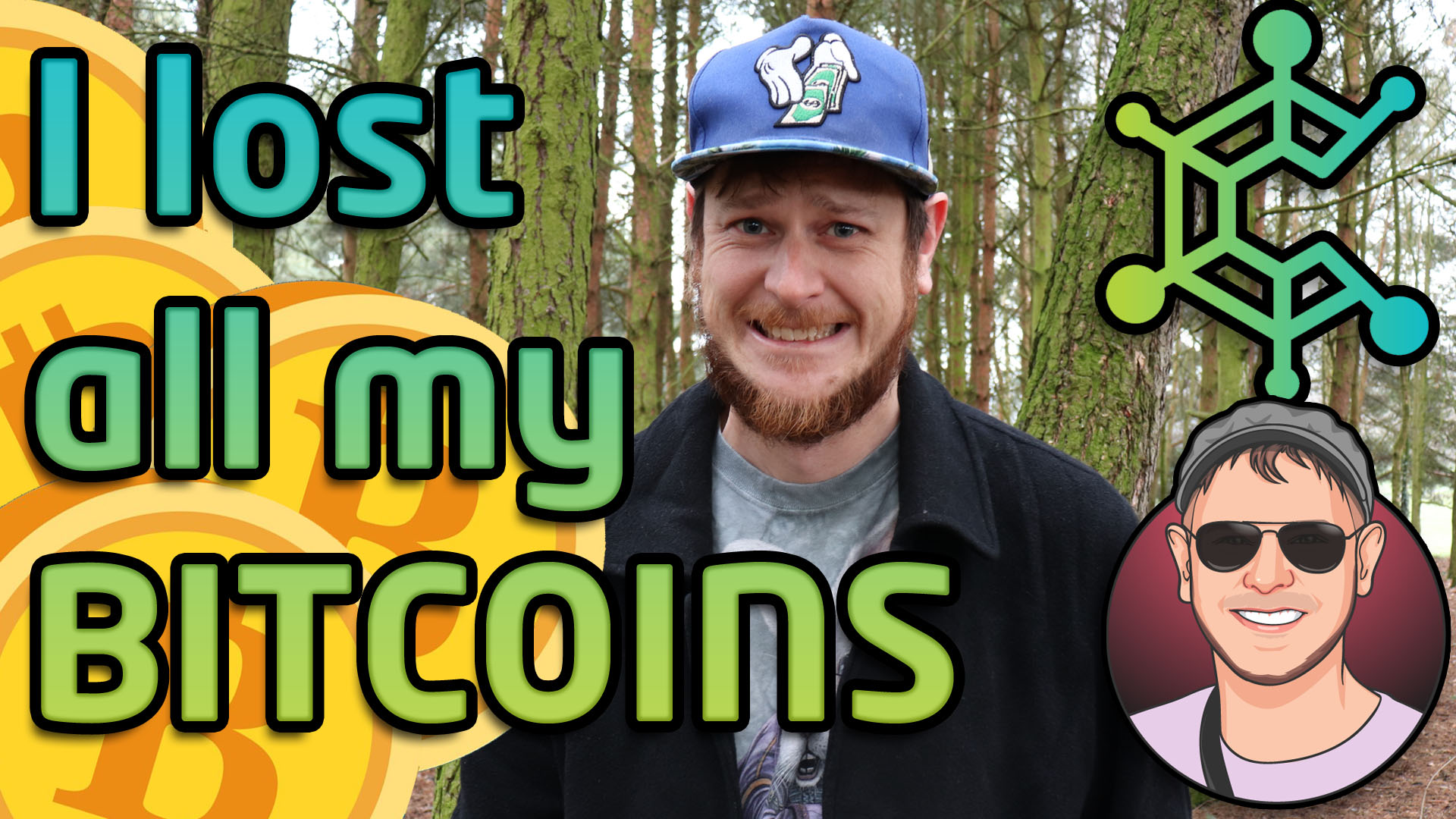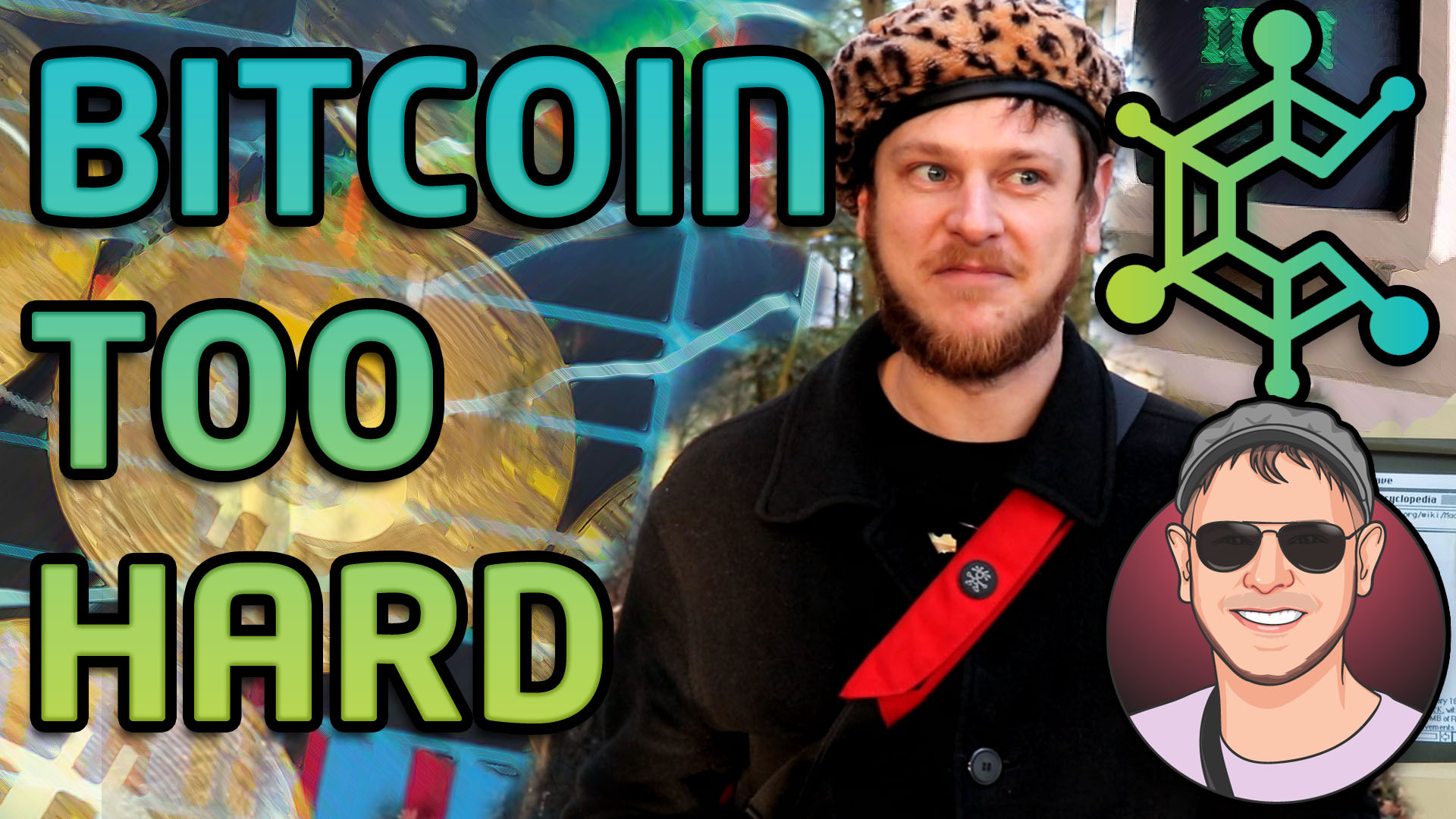
The cryptocurrency market has been making steady lows since January 2018. After going down for so long, most people have forgotten about their crypto dreams of lambos and how this technology is the future, sold their now piddling stake and even taken down their shingle that said “Crypto Guru”.
But some intrepid warriors persist, looking at these low prices not as a market defeated, but as an opportunity. Can someone make money investing in a low market like this? And if so, which projects are worthwhile?
Scroll down to watch and listen to this episode of Cryptonomics!
In this episode, long time Bitcoin enthusiast Chris Guida joins Kurt to answer some tricky crypto questions from the Internet – is it a good time to get into crypto? And which projects should one consider buying?
Is it a good time to get into cryptocurrency?
Near the bitcoin peak of 2017, Edmond Bugos, senior analyst for The Dollar Vigilante, said he expected a low of $3,500. At the time, many were caught up in the crypto hype and called him a madman, saying that such lows were impossible. Of course, Ed was proven right this month February 2019, when bitcoin dipped below $3400.
On December 7, 2018, Bugos wrote:
If you were buying this year looking for big gains it has been pretty much a one way street all year long, down. That wasn’t our strategy. But now we are in a buyers market. I don’t know where the bottom will end up being. I would be surprised to see it go to $2k like some bears think. As the bear market grows the bears grow in number and voice, and in their calls for doom. The noise is going to be very loud now about how this thing has failed, and the louder it is, the more certain you can be that a bottom is near. It takes strength to believe that when credible investors are beating it down. But the thing we do in a buyers market is buy. That doesn’t mean borrow to buy expecting short term gains, it means buy expecting it to stay here or in a range around here for another two years, giving you the opportunity to just keep buying the weakness on days like this if you have fiat to throw at it.
I don’t know anyone whose analysis has been more consistent than Ed’s, so I take his words seriously.
After the previous major bull run in bitcoin, it peaked around $1100 in December 2013, and finally found a bottom just under $200 in January 2015, just over 13 months later. Now in February 2019, 14 months after the peak of December 2017. Of course it’s not guaranteed that Bitcoin will follow the same timeline in this instance, but it does give us a clue. And as long as Bitcoin has the largest market cap in crypto, we can expect that other projects will have a price correlation to it.
For now, bitcoin has a 4 year market cycle, related to a technical feature which many know as “The Halvening”.
The Halvening
In 2020 when the reward halves, only $3.5 MM will be necessary to maintain the price. If the demand is constant, the price will likely increase. However, most of the increase is likely to be factored in many months before the date of the Halvening.
That means, assuming crypto is here to stay, the time to get in would be now – before everyone else realises.
The 51% attack
On January 7th 2019, there was a 51% attack on Ethereum Classic. Bad actors used a large amount of miners to double-spend coins on the ETC network. If smaller coins are subject to this kind of attack, should people be worried about buying altcoins?
In Chris’s opinion:
That isn’t a huge problem for ETC … The price actually didn’t go down that much. Basically it just put people – especially exchanges – on alert.
Exchanges adjusted the amount of time they would wait before accepting a deposit, giving the network more time to clear it.
In a related note, the Dash team introduced a feature they claim will prevent this kind of attack, called ChainLocks.
So which cryptos should we buy?
Chris recommends people consider bitcoin, and possibly Monero. Kurt recommends people consider Dash, EOS and Halo Platform. Of course, this isn’t intended as financial advice, and is not a recommendation for any particular action.
Thank You
Thanks for watching, listening, subscribing on YouTube, liking on Facebook, sharing with your friends and keeping it real!
You can listen and subscribe on Anchor and other podcasting services here:
Cryptonomics – Good time to buy crypto? With Chris Guida
